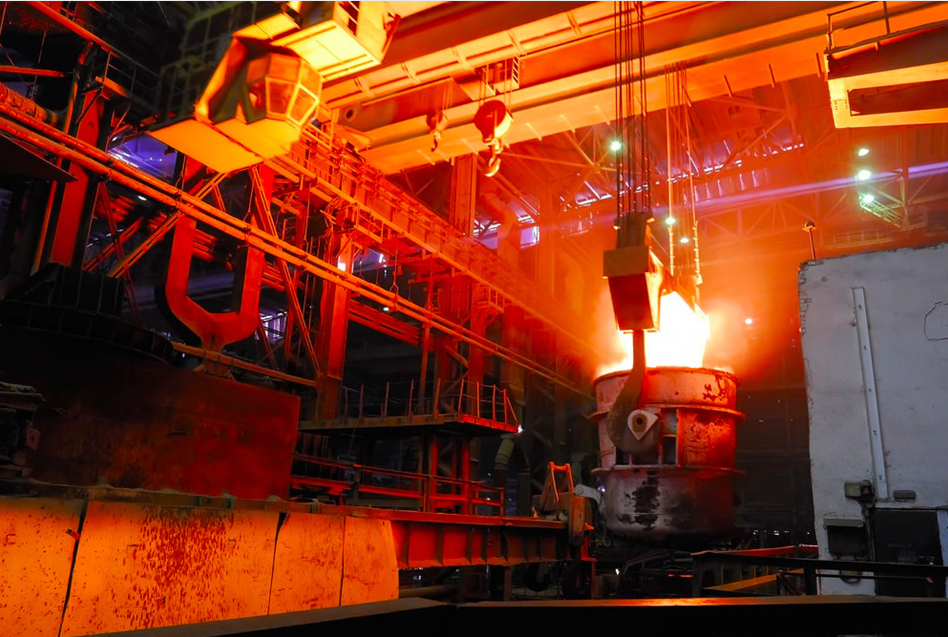
Velkoobchodní dětský cyklus z hořčíkové slitiny pro 3 až 5 let 12palcový dětský cyklus OEM levně

Dětské kolo ze slitiny hořčíku a hliníku 3-8 let staré Levný výprodej 14palcové dětské kolo FOREVER Velkoobchod 2022

Factory Custom China Bmx Cycles Road Sport Dětské kolo 12 16 18 20 Inches Cycle Mtb pro děti 6-10 let

Elektrické kolo z hořčíkové slitiny 12palcové integrované kolo 36v10ah elektrický moped

Kolo Freehub 12/14/16 Inch Dětské kolo Low Rider Bike Dětské kolo ze slitiny hořčíku a hliníku 3-8 let staré Skladem

2022 Velkoobchod Horký výprodej Díly jízdních kol Dětské kolo ze slitiny hořčíku Dětské kolo bez pedálů Vyvážené dětské kolo Více barev k dispozici

Dětská kola Dětská kola pro 3-16 let Dítě /OEM Dětská kola Dětská horská kola pro děti 2022

Oblíbené dětské sportovní kolo Vysoce kvalitní dětské balanční kolo Dětské kolo

 0086-750-5616188
0086-750-5616188 +86 13392089688
+86 13392089688 sales@zhongmei-tech.com
sales@zhongmei-tech.com








